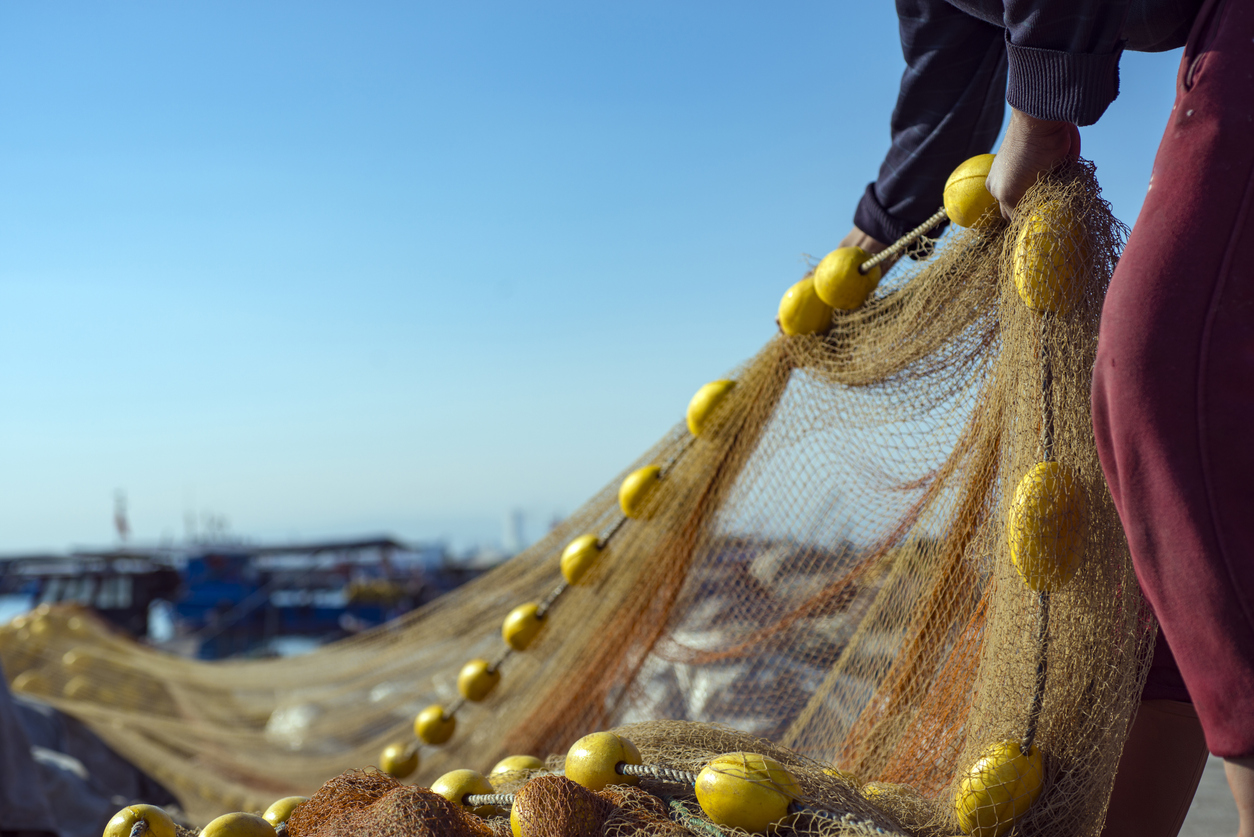Commercial fishing vessels at greatest risk of encountering rare Māui dolphins will be required to operate with on-board cameras from 1 November, the Government has announced.
The Budget has set aside $17.1 million over four years for purchase, installation and maintenance of the cameras on up to 28 vessels. It will also cover the costs of storage, review and analysis of the footage.
The announcement comes ahead of the release of a review of the Hector’s and Māui Dolphin Threat Management Plan which will go out for public consultation shortly.
The SMC gathered expert reaction to the announcement.
Professor Stephen Dawson, Head of Marine Science Department, University of Otago, comments:
“Mandating cameras on fishing boats in Māui dolphin habitat is progress of a sort, but it is not what Māui dolphins need, because it does not reduce the risk to their critically endangered population.
“The action that is needed is to get fishing methods that kill dolphins (ie. gillnetting and trawling) out of Māui dolphin habitat.
“We do not need to prove that gillnetting and trawling pose serious threats to dolphins. This is well established for this species, and for other dolphins and porpoises world wide. And, the Māui dolphin is now so rare that we are well beyond the point of trying to determine how often they get entangled. Put simply, Māui dolphins cannot afford ANY more entanglements. If we value these dolphins, the problem fishing methods must be removed from their habitat. There are around 60 of these dolphins left – this problem is too urgent to delay protection while doing more research.
“International wildlife management agencies, such as the International Union for the Conservation of Nature and Natural Resources (IUCN) and the International Whaling Commission (IWC) have both made strong statements urging New Zealand to better protect these dolphins in all waters less than 100 metres deep (at least 20 nautical miles offshore).
“The idea of mandating cameras on trawlers and gillnetters is good, but it should be applied in waters more than 100m deep, while at the same time banning gillnets and trawling in all waters less than 100m deep.”
No conflict of interest.
Associate Professor Rochelle Constantine, conservation biologist, University of Auckland, comments:
“Given their critically endangered status, measures to determine and mitigate risks to the Māui dolphins are welcome. With ~63 Māui dolphins over one year of age left, it is very difficult to determine their distribution and human threats. The use of cameras on fishing boats, when used properly, could be a huge step forward in our understanding and management of the world’s rarest dolphin.”
Conflict of interest statement: Principal Investigator on Maui and Hector’s dolphin research; Member of the scientific advisory group for the Hector’s and Maui Dolphin Threat Management Plan; Member of the New Zealand Threat Classification System for Marine Mammals.
